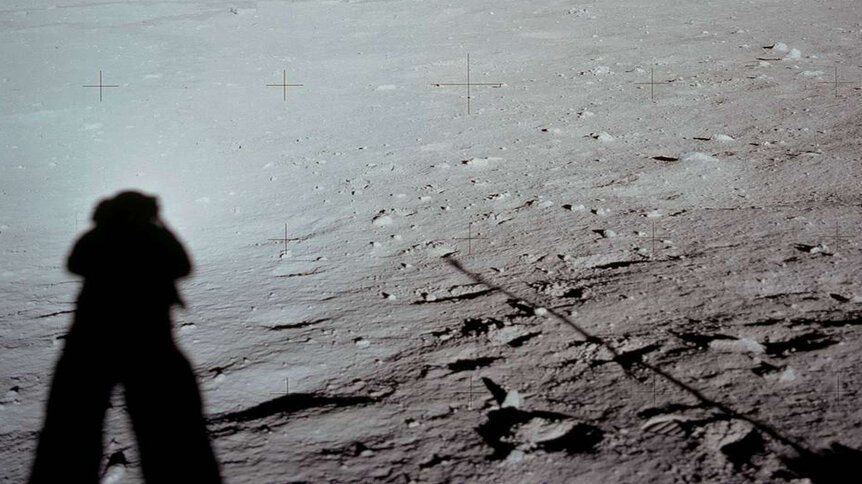Create a free profile to get unlimited access to exclusive videos, sweepstakes, and more!
Faster than a speeding…tardigrade? They can survive being blasted out of a gun and crashing at high impacts

Human superheroes who are nearly indestructible may be zooming over skyscrapers or surviving a cryogenic deep freeze in the pages of comics, but their real-life counterpart doesn't look a thing like Superman.
You can only see a tardigrade under a microscope. However, these unbelievably tough little creatures can switch to a frozen or dehydrated state in a life-threatening emergency, which may explain why they survived killer radiation on the ISS. But could the tardigrades that traveled to the Moon with unfortunate Israeli lunar lander Beresheet have survived? They can make it through many things and come out alive, but whether any are crawling on the moon depends on whether they survived the impact.
Sorry, Superman (and every other flying fictional character who wears a cape). It seems like tardigrades have more superpowers, but how can they make themselves almost immune to conditions that would be lethal for other organisms?
“They enter a tun state,” astrophysicist Mark Burchell, who co-led a study recently published in Astrobiology, told SYFY WIRE. “This means they eject most of their water content and greatly reduce metabolic activity, so they simplify themselves and reduce their internal processes. Being inert seems to help them survive.”
The Beresheet crash opens up the question of whether it is possible that other life like tardigrades may be able to travel through space on pieces of debris or shoot from one planet or moon to another via jets of liquid. That would depend on whether this hypothetical life could crawl out of the impact that brings it somewhere else in the first place. Panspermia, the idea that objects or phenomena spread life through the universe, was what made Burchell want to see exactly what a thing that can freeze or dehydrate itself for tens of years is capable of withstanding.
Tardigrades are invertebrates have no inner skeleton to worry about. Though they only live about two years if they don't ever enter an altered state, suspended animation can get them through just about anything. Finding out if these such creatures can journey through space meant subjecting them to some intense impacts. Burchell and his team loaded a gun with the freshwater tardigrades species Hypsibius dujardini in nylon sabots, which are similar to bullet casings, that had already been frozen to induce the tun state. They then fired the tardigrade-loaded sabots through a vacuum chamber, upping the velocity gradually until the tardigrades finally succumbed.
“If any tardigrades actually survived on the Moon, they would be in their tun state,” Burchell said. “Something would have to happen to reactivate them. On Earth, they need fresh water and moss (to eat) to survive and thrive. Without that they would lie dormant until eventually dying.”
So what could this mean for determining if extraterrestrial life that is something like a tardigrade cold take an impact or not? It was probably RIP for the tradigrades on Beresheet. The highest impact the critters could live through was a little over 2,700 feet per second, and Beresheet smashed into the Moon slightly faster than that. So there probably are no frozen tardigrades hanging out on the Moon. However, meteorites hit other bodies at a range of velocities, and some Earth ejecta that has hit the moon was flung over there within the velocity range that tardigrades can survive.
It is highly unlikely that any tardigrades escaped Beresheet before it met its end on the lunar surface, but even at speeds that would kill them on impact, it is possible that they stay alive if they escape before impact. Say a life-form on Mars that was similar to a tardigrade was on a piece of rock whizzing towards Martian moon Phobos. The velocity would rip it to pieces much like the less fortunate tardigrades in Burchell’s experiment. Burchell thinks plumes from Europa and Enceladus would give such organisms more of a fighting chance.
“If we fly past Europa too fast, they will break up on impact unless we can think of a clever capture method involving porous collectors to slow them gently—think firing into tissue paper to capture a bullet,” he said. “If we orbit at a lower speed, at Europa we are likely still to be too fast. But at Enceladus, our orbiting spacecraft speed would be low enough.”
Whether anything lives on Enceladus at all will not be found out for a while, but NASA’s Europa Clipper launches in 2023. Will something like a tardigrade get blasted out on one of its plumes of water vapor? Who knows, but alien life may have a better chance of thriving in the watery depths of subsurface oceans on frozen moons and planets.
Superman really has nothing on tardigrades.















